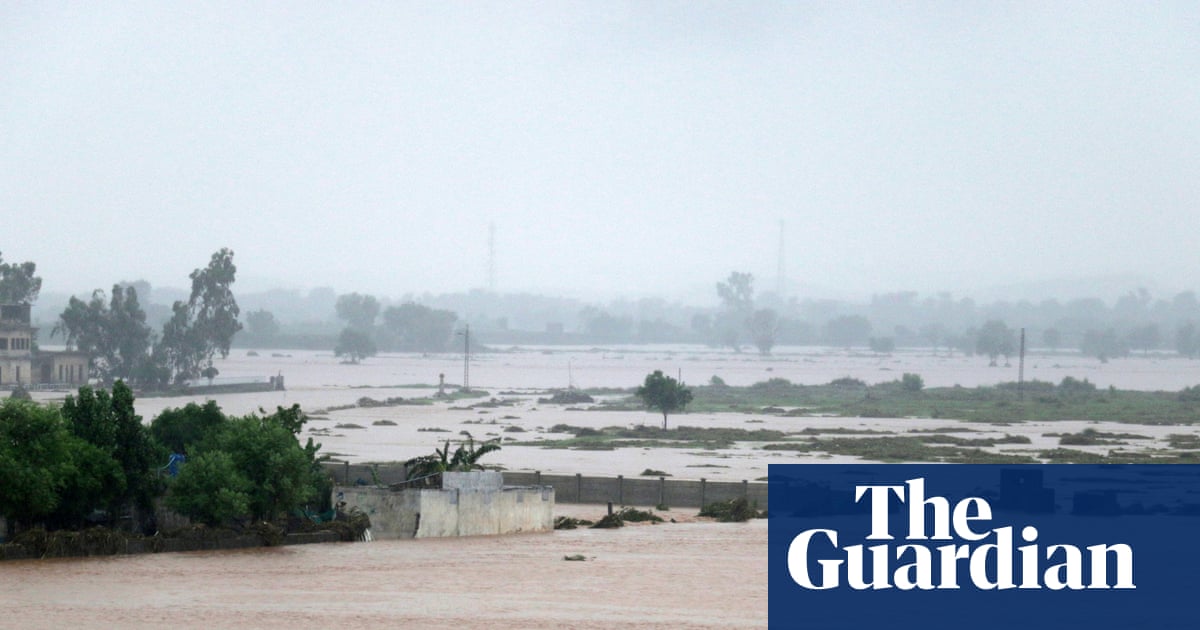The south-west monsoon continued a deadly streak in Pakistan this week, with torrential rain on Wednesday killing at least 63 people. After beginning life as showers and thunderstorms in north-west India this week, a more organised area of low pressure developed, merging showers into a larger area of heavy rain as they moved into the Pakistani province of Punjab. This rain tracked roughly north across Punjab on Tuesday night and into Wednesday, hitting several major cities including Lahore and the capital, Islamabad. The greatest rainfall was in the city of Chakwal, which recorded 423mm (16.6in), more than double the July average.
Rivers overflowed their banks, significantly flooding low-lying areas of Punjab. Though several of the deaths were attributed to drowning, the majority were the result of building collapses. A number of deaths were reportedly from electrocution. This latest deluge takes the death toll from this year’s monsoon, which began in late June, to almost 180, more than half of which are children. Owing to its large low-lying regions, Pakistan is among the countries most endangered by the climate crisis, with significant flooding events becoming more common in recent years.
Meanwhile torrential rain also led to flash flooding in the US states of New York and New Jersey this week. In New Jersey, where a state of emergency was declared, more than 150mm of rain fell within a few hours, flooding several major roads and killing two people whose car was swept away. New York City recorded its second-highest hourly rainfall ever, after 50mm fell within just half an hour, with water dramatically pouring into the subway systems.
Nepal recently experienced flooding of a different kind, after a “glacial lake outburst”. As temperatures rose through the spring, a glacier 21 miles (35km) upstream of the Tibetan border began to melt, eventually forming a lake atop the glacier, which had grown to 638,000 sq metres by early July. Then on 8 July, subsidence of the glacier allowed drainage of the water, which subsequently tore downstream across the Tibetan landscape and into Nepal’s Rasuwa district. This “Himalayan tsunami” caused flooding that was metres-deep in places, damaged several key pieces of infrastructure and killed at least seven people.
Such glacial lake outbursts have increased in recent years, as rapid warming of the Himalayan climate has increased the number of unstable high-altitude glacial lakes and leaving communities at lower elevations at increased at risk of unpredictable flash flooding.
